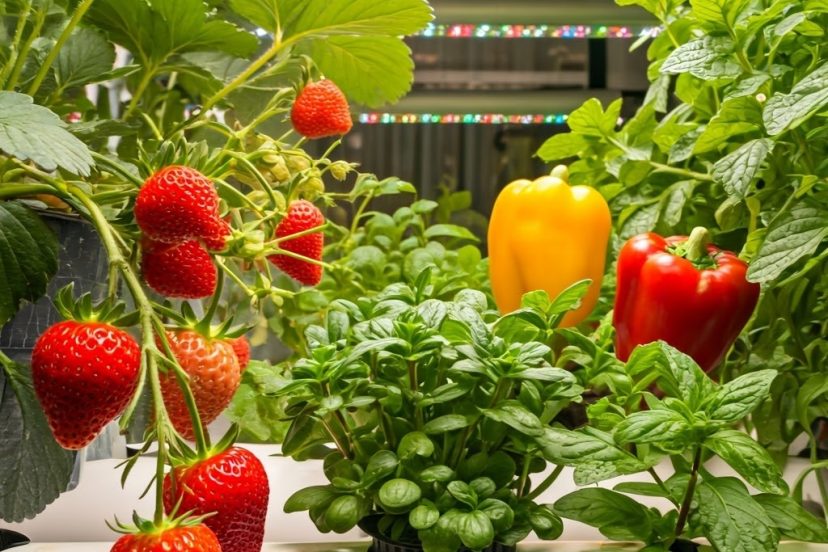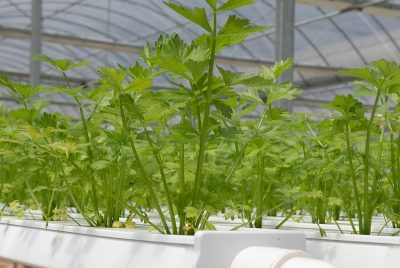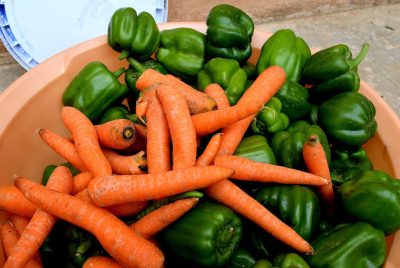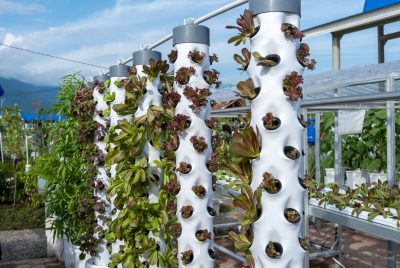What Can You Grow with Hydroponics?
Introduction to Growing With Hydroponic Gardening
Have you ever dreamed of growing fresh, healthy produce without worrying about soil, pests, or harsh weather? Hydroponics makes that possible! This innovative gardening technique is transforming how we grow food, offering efficiency, sustainability, and versatility. Let’s explore the incredible range of plants you can grow with hydroponics.
The Rise of Hydroponic Gardening
Hydroponics has taken the gardening world by storm. From urban dwellers with limited space to commercial farmers seeking sustainable solutions, this soil-free method has opened doors to a whole new world of possibilities.
Understanding Hydroponics
What is Hydroponics?
Hydroponics is a method of growing plants without soil. Instead, plants receive their nutrients directly from water enriched with essential minerals. This approach allows plants to grow faster and yield more produce compared to traditional methods.
Benefits of Growing Hydroponically
- Space Efficiency: Grow vertically or in small spaces.
- Water Conservation: Uses up to 90% less water.
- Year-Round Growing: Controlled environments mean no seasonal limitations.
- Pest Control: Without soil, many pests are eliminated.
Ideal Plants To Grow With Hydroponics
Leafy Greens
Leafy greens are the superstar of hydroponics. They’re easy to grow, quick to harvest, and require minimal maintenance.
Types of Leafy Greens to Grow With Hydroponics
- Lettuce: Perfect for beginners; varieties like Romaine and Butterhead thrive in hydroponics.
- Spinach: Grows quickly and loves nutrient-rich water.
- Kale: Packed with nutrients, kale is a favorite among health enthusiasts.
Herbs
Herbs flourish in hydroponic systems, providing fresh flavors for your kitchen.
Popular Herbs to Grow With Hydroponics
- Basil: A staple in hydroponics, basil grows quickly and abundantly.
- Mint: Hardy and fast-growing, mint is perfect for beginners.
- Parsley and Cilantro: Ideal for adding freshness to your dishes.
Fruits
Yes, you can grow fruits hydroponically! While it requires a bit more effort, the rewards are worth it.
Best Hydroponic Fruits for Beginners
- Strawberries: A classic choice for hydroponics, offering sweet rewards.
- Tomatoes: Technically a fruit, tomatoes thrive in hydroponic systems.
- Peppers: Bell peppers and chilies are productive and vibrant.
Vegetables
From cucumbers to beans, many vegetables adapt well to hydroponic systems.
Vegetables That Thrive Hydroponically
- Cucumbers: Perfect for vertical systems due to their climbing nature.
- Zucchini: Requires space but yields abundantly.
- Green Beans: Easy to grow and highly productive.
Unusual Grow Choices For Hydroponics
Root Vegetables
While challenging, root vegetables like radishes and carrots can be grown hydroponically with specialized systems.
Challenges and Techniques
Using a deep water culture system or adding a loose medium can help accommodate these crops.
Exotic Plants Grown With Hydroponics
Want to impress your friends? Try growing exotic plants like wasabi or saffron in a controlled hydroponic environment.
Factors to Consider
Nutrient Requirements
Each plant has specific nutrient needs. Using high-quality nutrient solutions ensures healthy growth.
Light Requirements for Hydroponics
Light is crucial for photosynthesis. LED grow lights are popular for their energy efficiency and effectiveness.
pH and Water Quality
Maintaining a pH between 5.5 and 6.5 is essential for nutrient absorption. Regularly test and adjust your water quality.
Setting Up Your Hydroponics System To Grow
Choosing a Hydroponics System
Popular hydroponic systems include:
- Deep Water Culture (DWC): Best for leafy greens and herbs.
- Nutrient Film Technique (NFT): Ideal for small plants like lettuce.
- Aeroponics: Advanced but highly efficient for a variety of crops.
Starting Seeds
Begin with high-quality seeds and germinate them in a starter medium like rock wool. Once sprouted, transfer them to your hydroponic system.
Benefits of Hydroponic Gardening
Sustainability of hydroponics
Hydroponics conserves water, reduces the need for pesticides, and minimizes environmental impact.
Efficiency
Hydroponic gardens produce higher yields in less space, making them ideal for urban farming.
Challenges of Hydroponic Gardening
Common Issues with hydroponics
From nutrient imbalances to algae growth, hydroponics comes with its challenges. Regular monitoring can prevent most problems.
Maintenance
Keeping your system clean and well-maintained ensures healthy plants and a longer-lasting setup.
Conclusion
Hydroponics offers endless possibilities for growing a wide variety of plants, from leafy greens and herbs to fruits and even exotic crops. With the right setup and care, you can enjoy fresh, homegrown produce year-round, no matter where you live. So why not dive in and explore the wonders of hydroponic gardening?
FAQs
What plants are easiest to grow in hydroponics?
Leafy greens like lettuce and spinach are the easiest to grow, making them ideal for beginners.
Can you grow root vegetables in hydroponics?
Yes, but it requires specialized systems like deep water culture to accommodate their growth.
How much space do I need for a hydroponic garden?
Hydroponics is highly adaptable and can fit in small spaces or scale up for larger setups.
Is hydroponic gardening sustainable?
Absolutely! It uses less water, reduces pesticide use, and is environmentally friendly.
What are the costs involved in setting up hydroponics?
Initial costs can vary, but small systems can be affordable, and the long-term savings on produce are significant.




